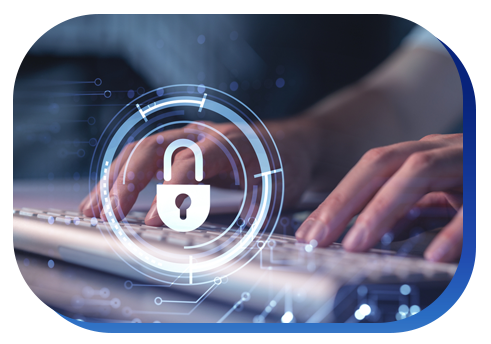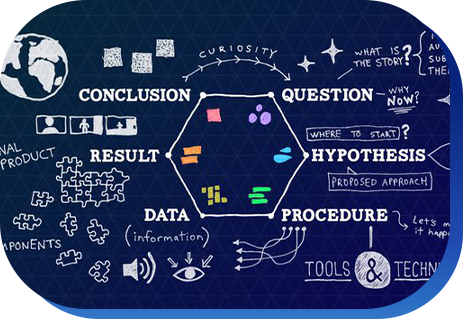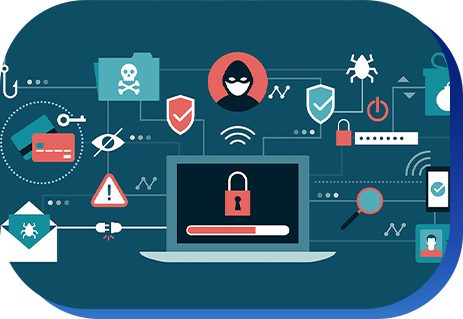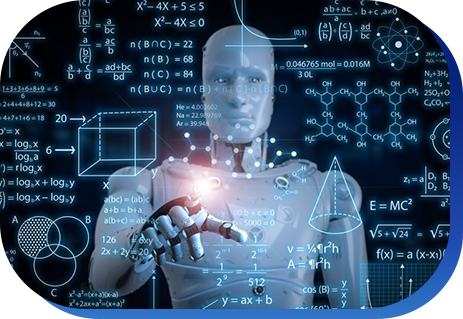The Institute has initiated action to create four different Centres of Excellence in the following areas to carry out Research, Development, Consultancy and Training:


Mathematics, Statistics and Discrete mathematics with applications in Social Sciences, Life Sciences, Physical and Biological Sciences.
Planning and Programme Implementation and Statistical Data Base (Simulation , Modeling, Quality Data etc.,)
The Centre of Excellence in Cryptology at CR Rao AIMSCS, Hyderabad, is being setup. The goal of this centre is to work on advanced areas of Cryptography & Cryptanalysis and related fields.


The research faculty & research fellows in the group will carry out research in the advanced areas of Cryptography & Cryptanalysis. Also, the research team will specifically carry out research work in the areas related to the Projects under progress in Crypto analysis to aide them achieve the specific result-oriented outputs.
The centre has also undertaken several Crypto and Information security projects for various GOI Agencies / Public Sector Enterprises. These includes Research and training in Cryptography, Lattice based Cryptology, Post Quantum Cryptology, SAT/SMT solver-based Cryptanalysis, Design of Symmetric Key ciphers, Random test suites, Design of Security protocols.
We have published 80 +research papers, prepared many technical reports and developed software tools in the area of Cryptology. In the institute, at present 8 faculties, 25 research scholars and 5 adjunct faculties are working in theory and practical applications in Crypto and Information security areas.
We have conducted two international conferences in association with Cryptology Research Society of India (CRSI) and International Association for Cryptologic Research (IACR) that includes INDOCRYPT 2010 and SPACE 2016. We have also organized several National workshops which include Algebraic Cryptanalysis; Lattice based cryptography, SMT solver-based cryptanalysis, code-based cryptography and recently National Workshop on Cryptology, Sept 5-7, 2018.
The mission is to conduct advanced research in current Wireless technologies like 2G, 3G, 4G-LTE, Bluetooth, Satellite Communication, Wi-Fi and next generation wireless technologies like 5G, IoT, etc. Develop solutions for addressing the near and far-term technological challenges related to wireless communications and its security. Collaborate with academia and R&D institutions in furtherance of the above mission.


The word Cyber is derived from the word cybernetics and has acquired the general usage of a computer also known as cyberspace. The other word security in general usage is qualified as safety however, in the technical term security means not only safety, but that it has been safe guarded as well. Joining the two words together to form the word cybersecurity is focused with making cyberspace safe from threats and vulnerabilities. The information and communications technology (ICT) industry has evolved greatly over in last few decades. With expansion of the Internet, security becomes a major concern. ICT devices and components are generally inter dependable and vulnerable to the security attacks. Protecting ICT systems and their contents has come to be known as cybersecurity. Cybersecurity is an important tool in protecting and preventing unauthorized surveillance. The COE in CS is engaged in following Technology for cybersecurity
Data science is revolutionizing the world around us. Data science is an interdisciplinary field composed of computer science, math and statistics, and domain knowledge that seeks to derive insight from data. Data science is the intersection of these three respective disciplines. Another way to think about it is that data science is the intersection of data engineering and the scientific method. With data science, we're using large-scale data systems to drive the scientific method. The goal of data science is to transform data into knowledge, knowledge that can be used to make rational decisions so that we can take actions that help us achieve our goals. We refer to this process as transforming data into actionable insight.

Data Science methods and tools can solve some of the world's greatest challenges in sectors including:
In general, the skills commonly associated with data science are programming computers using programming languages, like SQL, Python, and R, working with data, that is collecting, cleaning, and transforming data, creating and interpreting descriptive statistics, that is numerically analyzing data, creating and interpreting data visualizations, that is visually analyzing data, creating statistical models and using them for statistical inference, hypothesis testing, and prediction, handling big data, data sets that are of volume, velocity, or variety beyond the limitations of conventional computing architecture, automating decision-making processes using machine learning algorithms, and deploying data science solutions into production or communicating results to a wider audience.